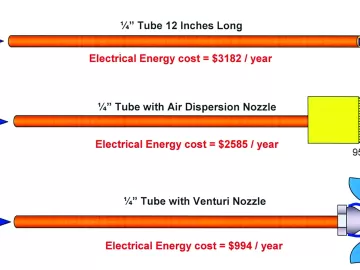Australian Company Focuses on Compressed Air Waste & Quality
A small Australian company, Basil V.R. Greatrex (BVRG), is shaking up the compressed air industry in Australia. While other companies focus on the sale of more and bigger compressed air production equipment, BVRG is helping customers reduce their compressed air system size and lower system flow by attacking waste, inappropriate use, and at the same time improving air quality.












